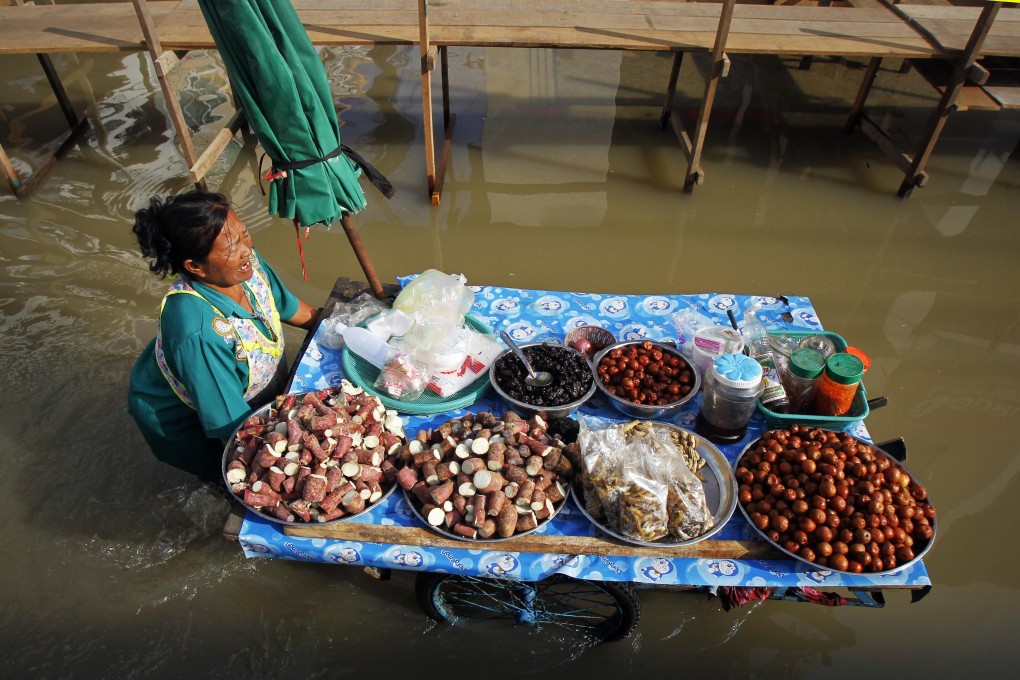Food safety threats call for proactive approach by all stakeholders
Bram Klaeijsen and John in de Braekt say the industry is taking action

The recent launch of the Economist Intelligence Unit's "A Healthy Future for All?" report raised a number of unique challenges to improving the quality of the food supply chain in Asia.
The report emphasises the complexity of securing "sufficient quantities of affordable food" for Asian consumers, and with the region producing millions more mouths to feed every year, this challenge will continue to increase. However it's not just about ensuring that there's enough food. We also need to ensure we're providing safe, high-quality products.
These are challenges that no one party can manage alone.
Across Asia, and around the world, there are many good examples of the food and beverage industry working in partnership with public stakeholders to tackle these complex issues.
Policymakers, industry and communities are recognising that nutrition is a complex issue
The Global Food Safety Partnership is perhaps the most comprehensive "whole-of-society" response to food safety. Formally launched in December 2012, it is focused on improving the safety of food in middle-income and developing countries.
It brings together the expertise of a wide range of stakeholders - from industry, government, non-governmental organisations and international bodies - to help strengthen supply chains and ensure the food we eat is as safe as it can be.